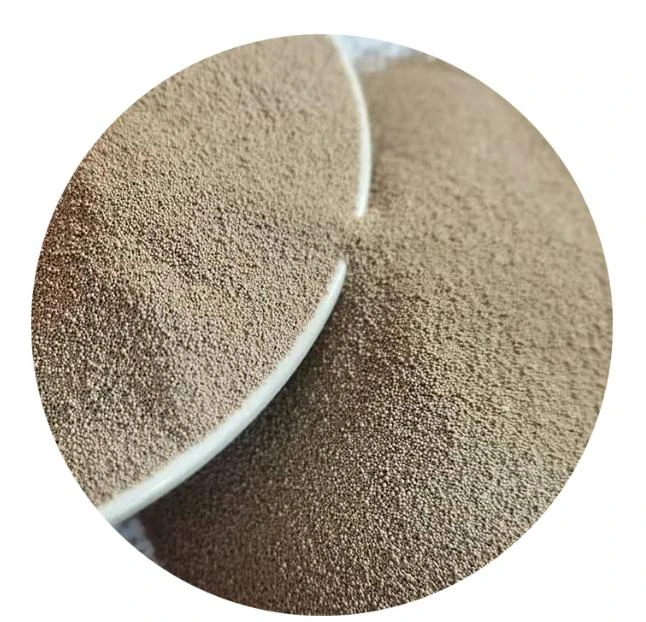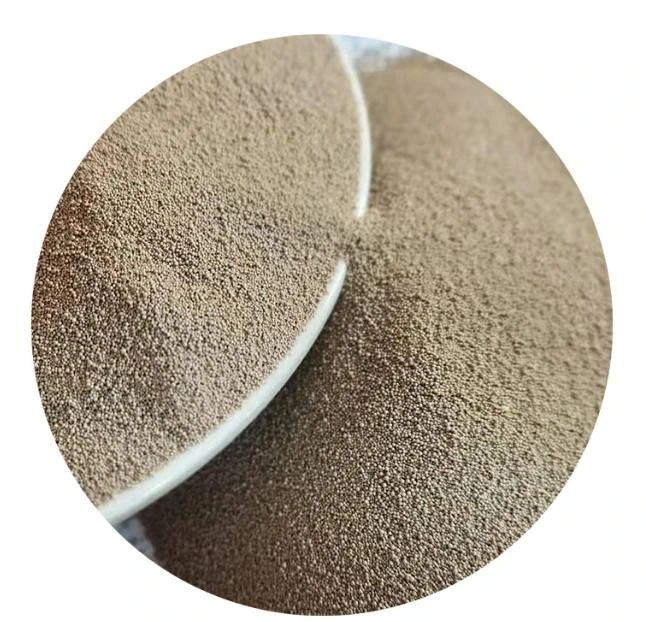

In terms of Experience and Expertise, ceramists with years of practice recommend testing the sanding process first on a small area or a sample piece of ceramic. This test run provides a controlled environment to adjust techniques and tool settings without risking the actual project. Through trial and error, one can gain invaluable insights into the best practices that work for specific ceramic types and thicknesses. For those working on larger ceramic projects, utilizing sanding machines offers a practical solution for efficiency and consistency. However, hand sanding remains crucial for detailed work and intricate designs. Those in the field underscore the importance of blending both machinery and manual expertise to achieve superior results. Professionalism in ceramic sanding also extends into the post-sanding treatment. It is advised to thoroughly clean the surface to remove any sanding residue. A clean, dry cloth can be used, followed by a soft brush to ensure all debris is eliminated prior to applying any sealants or glazes. Investing time in learning these techniques and understanding the materials enhances one's skill in crafting exquisite ceramic pieces. By adhering to these professional guidelines, craftsmen not only achieve optimal results but also establish themselves as specialists within the ceramics industry. Their dedication to mastering the art and science of sanding ceramics is what truly defines their authority and credibility in the field. In conclusion, sanding ceramic may seem daunting at first, but with the right approach and knowledge, it transforms into a rewarding craft. The investment in high-quality tools, protective equipment, and continuous learning are indispensable steps towards achieving excellence in ceramic sanding, ultimately culminating in beautifully finished products that stand the test of time. Post time:Φεβ . 13, 2025 04:31
Next:Spherical Ceramic Sand for Foundry
